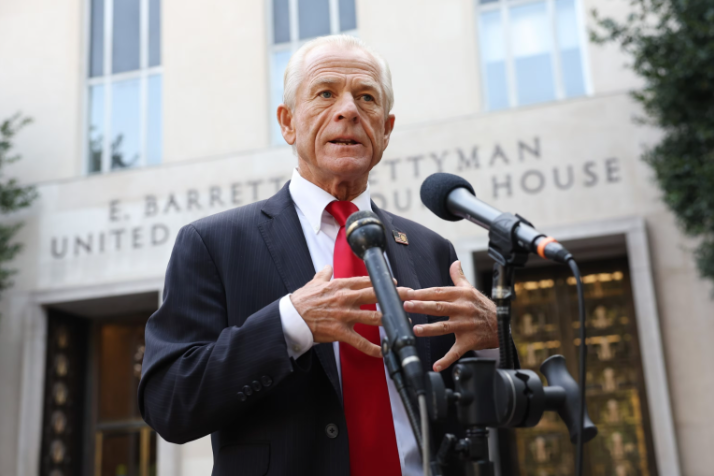
In a significant escalation of support for Ukraine amid ongoing conflicts, the Biden administration is reportedly finalizing a substantial $1 billion military aid package. This development comes as the Senate gears up to pass critical legislation aimed at providing urgently needed support not just to Ukraine, but also to Israel and Taiwan, totaling $95 billion.
Escalating Commitment to Ukraine
The new tranche of aid earmarked for Ukraine starkly contrasts with prior contributions, with the proposed package being over three times the size of the most recent $300 million allocation made in March. This considerable increase in aid highlights a deepening commitment from the US to support Ukraine’s defense capabilities against escalating threats.
Details of the Military Aid
The $1 billion package is set to include a robust array of military equipment. Key components of the aid include artillery, advanced air defenses, and armored vehicles. Notably, the package will feature Bradley Fighting Vehicles, which are among the most effective armored combat vehicles in existence. Also included are potentially older, yet highly serviceable, Humvees and M113 armored personnel carriers. These additions will significantly enhance the Ukrainian forces’ operational capabilities on multiple fronts.
Legislative Action and Timely Implementation
The urgency of the situation has prompted the Senate to postpone its recess to prioritize voting on the legislation necessary to unlock this aid. With the bill expected to pass swiftly and President Joe Biden poised to sign it into law, the stage is set for a rapid deployment of these resources. Defense Department officials have indicated that the equipment could reach Ukrainian soil within days to weeks following the bill’s enactment, signaling a swift response to the urgent needs on the ground.
Broader Implications and Strategic Replenishments
While the immediate goal of the aid package is to bolster Ukraine’s defense, there are broader implications for U.S. military readiness. A significant portion of the funding is earmarked for replenishing US stocks, ensuring that the assistance to Ukraine does not come at the expense of American military preparedness. This strategic balance underscores the complex logistics and planning involved in such international support efforts.
Additional Support Measures
Beyond the direct military aid, the US is also considering enhancing its advisory presence in Ukraine. Reports suggest that up to 60 additional military advisers may be deployed to the embassy in Kyiv. Their role would be critical in overseeing weapons transfers, managing logistics, and advising the Ukrainian government, ensuring that the aid provided is utilized effectively and efficiently.
Community and Global Reactions
This move has sparked a range of reactions both domestically and internationally. As the US takes a leading role in supporting Ukraine, it navigates the complex geopolitical landscape that involves not only regional but global implications. The decision to increase aid reflects a commitment to international security and stability, and is likely to influence the broader international community’s approach to the conflict in Ukraine.
Conclusion
As the Biden administration prepares to dispatch this unprecedented $1 billion military aid package to Ukraine, it represents a pivotal moment in US foreign policy and its commitment to supporting global security. The swift legislative actions and the strategic details of the aid package underscore the critical nature of the situation and the US’s role as a key player in international relations. As this situation develops, the world watches closely as these efforts unfold, with the hope that this substantial support will contribute to a resolution in the region.











